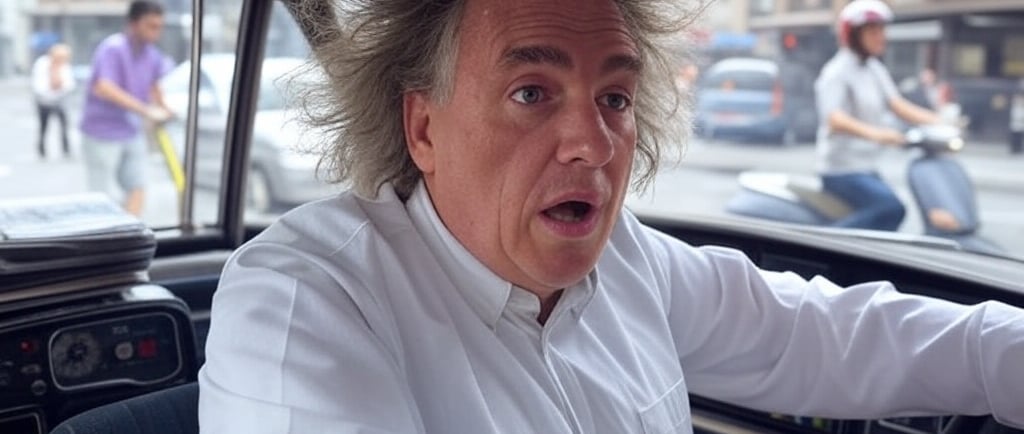The Amazing Cure
A short story proving time is our only truly non-renewable resource
AI
3/25/20252 min read


Dr. Elias Hart had done it. After decades of relentless research, sleepless nights, and a lab filled with crumpled notes and cold coffee, he’d discovered the cure to all human disease—a single, elegant formula that could rewrite the fate of humanity. The serum, shimmering in a vial on his desk, was a miracle of science, a beacon of hope. He clutched it tightly, slipped it into a padded case, and dashed out of his lab in Boston, determined to present it to the world at a conference in New York that very day.
The trouble started almost immediately. As Elias sped down the highway, a frail old lady shuffled into the crosswalk, her walker clattering against the asphalt. Cars honked, brakes squealed, and traffic ground to a halt. Elias glanced at his watch—11:47 a.m.—and cursed under his breath. The conference was at 3:00 p.m., and he was already cutting it close. The old woman waved apologetically, oblivious to the chaos, while Elias drummed his fingers on the steering wheel, the vial case sweating in his grip.
Finally free of the jam, he hit the gas, only to swerve moments later as a group of disheveled figures stumbled into the street. Homeless men and women, some clutching bottles, others shouting incoherently, blocked his path. One banged on his hood, mumbling about spare change, while another collapsed dramatically in front of his tires. Elias honked, pleaded, and edged forward inch by inch, his heart pounding. The clock ticked to 12:30 p.m.
His phone buzzed incessantly as he navigated the mess. Spam calls—endless, robotic voices offering car warranties, debt relief, and miracle diets. He fumbled to silence it, but the screen lit up again and again, draining his focus. “Not now!” he yelled, tossing the device onto the passenger seat, where it promptly rang once more.
By the time he reached the outskirts of New York, it was 2:15 p.m. A construction crew had closed two lanes, and a distracted teenager on a scooter darted in front of him, forcing Elias to slam on the brakes. The vial case slid off the seat and thudded onto the floor. He lunged for it, pulse racing, and confirmed it was intact—just barely. Sweat beaded on his forehead as he merged into the city’s clogged arteries.
At 2:50 p.m., he abandoned his car in a tow zone and sprinted toward the conference center, the vial clutched to his chest. The streets were a circus: a tourist gawking at a map, a dog walker tangled in leashes, a street preacher bellowing about the end times. Elias dodged them all, his lungs burning, until he tripped over a skateboard left by some careless kid. He hit the pavement hard, and the case skidded away.
A crowd gathered, not to help, but to gape. “You okay, man?” someone asked, filming him with a phone. Elias scrambled up, snatched the case, and ran, limping now, his suit torn. He burst into the conference hall at 3:05 p.m., breathless and disheveled, only to find the room emptying out. The keynote had ended early. The world’s top scientists, the ones who could have validated and distributed his cure, were already gone.
Elias sank into a chair, the vial still in his trembling hands. He’d made it—too late. Outside, the city buzzed on, indifferent, as the greatest discovery in human history sat unshared, delayed by a thousand small, stupid things.
The End

Your Opinion? Let us know!
We’re here to help you enhance your life with AI.